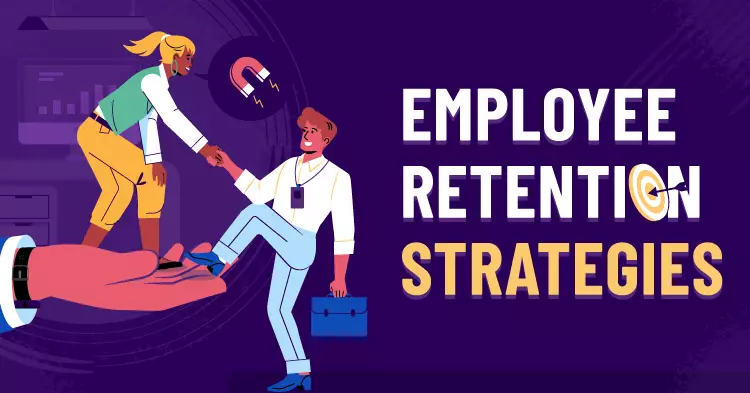In the aftermath of the pandemic, we are witnessing a seismic shift in the workforce known as the Great Resignation. Employees are reevaluating their work-life balance, leading to record numbers of resignations. As of January 2024, although quitting rates have returned to pre-pandemic standards, nearly half of American workers are actively considering job changes in the upcoming year. This trend is not merely a post-pandemic blip; it reflects fundamental changes in employee expectations regarding job satisfaction, career growth, and organizational alignment.
As employers, especially small business owners, this dynamic presents both a significant challenge and an immense opportunity. Losing a skilled employee doesn’t just mean filling a vacancy; it’s about recognizing the underlying reasons for their departure. From limited career progression to unsatisfactory compensation, understanding these factors is paramount to crafting an environment that retains talent.
Assessing the Cost of Turnover
The financial implications of employee turnover can be staggering. It’s estimated that replacing a single employee can cost upwards of one-third of that individual’s annual salary, factoring in training, lost productivity, and recruitment expenses. This financial burden accentuates the need for small businesses to prioritize talent retention—something they should actively pursue rather than merely react to when talent walks out the door.
Engaging with existing employees to generate insights on retention strategies is crucial. What keeps them motivated? What changes could potentially improve their workplace experience? Answering these questions not only enhances employee satisfaction but also fortifies the business against future turnover costs.
Drawing Inspiration from the Giants
Every business, no matter its size, can learn from the practices of large corporations that have successfully implemented talent retention strategies. Analyzing how billion-dollar companies attract and maintain top talent can provide a valuable blueprint for smaller enterprises. For instance, transparent communication during the hiring process and a clear understanding of company culture and expectations can lay a strong foundation for a lasting employment relationship.
Open dialogues about salary, role expectations, potential career trajectories, and developmental opportunities will foster trust between management and employees. Potential candidates should align not only with the job but also with the company’s vision and values. This shared understanding creates a powerful connection that makes employees more likely to stay committed to their roles.
The Importance of Cultural Fit
As organizations navigate the complexity of labor shortages and high turnover rates, cultural alignment between employers and employees is emerging as a critical factor. Candidates who resonate with a company’s mission and values are more likely to remain engaged and loyal. Incorporating cultural fit into the recruitment process is essential—candidates must feel a sense of belonging within the organization.
Cultural fit not only enhances job satisfaction but also drives productivity. When employees are amped about what they are doing and understand how it contributes to the larger goals of the organization, they are more inclined to go above and beyond in their roles. Thus, small businesses should prioritize identifying candidates whose values and motivations align with their own narrative.
Creating a Culture of Development
Moreover, opportunities for professional growth are more than just incentives; they are necessities in today’s job market. Employees seek out environments where they can continuously learn and develop their skills. Small businesses can offer mentorship programs, training modules, and opportunities for career advancement to keep employees engaged.
Establishing a culture of development fosters loyalty as employees feel their progression is cared for. They are less likely to seek fulfillment elsewhere when they see their current employers investing in their future. Personalized progression plans and regular feedback can create pathways for advancement that respond to individual ambitions and aspirations.
Recognizing Contributions and Achievements
An equally important facet of talent retention involves recognition and appreciation. Employees want to feel valued and acknowledged for their hard work. Simple acknowledgment of a job well done, whether through verbal praise or structured recognition programs, can make a significant difference in employee morale.
Small gestures of appreciation count, and empowering employees to celebrate their peers enhances workplace camaraderie and nurtures a supportive community. By recognizing contributions, employers can cultivate an environment where employees feel their efforts are meaningful and impactful.
Empowering Flexibility and Work-Life Balance
Finally, the pandemic has accelerated the demand for flexibility in the workplace, making it imperative for businesses to adopt more adaptive work policies. Telecommuting, flexible hours, and mental health resources are increasingly valued by the workforce. Small businesses that recognize and accommodate these preferences could gain a significant edge in talent retention.
Emphasizing work-life balance not only enhances employee satisfaction but can also improve productivity—happy employees are invariably more productive. Thus, if small businesses look to foster engagement, enhancing flexibility should be an immediate goal in their retention strategy.


Leave a Reply